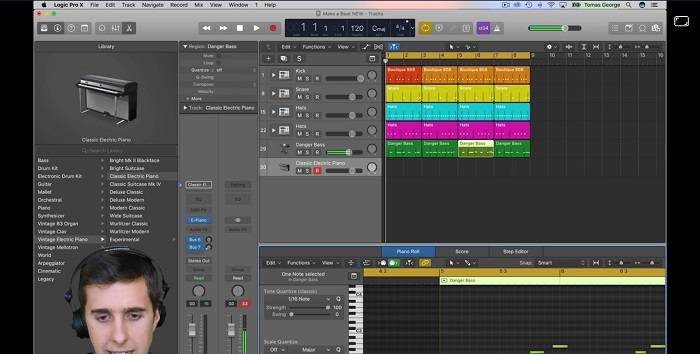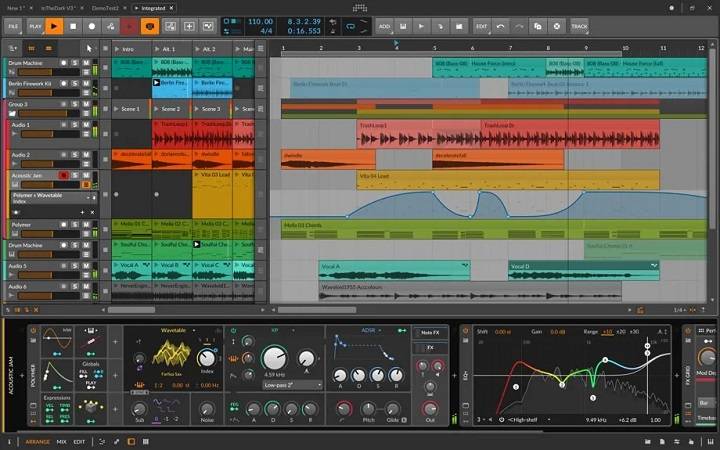Understanding Music Production Software

Before diving into the world of music production software, it’s essential to understand what exactly it is and how it works. Music production software, also known as digital audio workstations (DAWs), are programs that allow users to record, edit, and arrange audio tracks. These software packages come equipped with a variety of tools and features, including virtual instruments, audio effects, and MIDI support.
Factors to Consider When Choosing Music Production Software
When choosing the best music production software for your needs, there are several factors to consider. These include:
- Compatibility: Ensure that the software you choose is compatible with your operating system (Windows, macOS, or Linux) and hardware specifications.
- Ease of Use: Look for software that has an intuitive interface and workflow, especially if you’re a beginner.
- Features: Consider the features you need, such as virtual instruments, audio effects, MIDI support, and third-party plugin compatibility.
- Price: Determine your budget and find software that offers the best value for money.
- Support and Updates: Check if the software comes with customer support and regular updates to ensure compatibility with future operating systems and technologies.
Top Music Production Software Options
Now that you know what to look for let’s explore some of the top music production software options available on the market:
- Ableton Live: Known for its powerful performance features and intuitive workflow, Ableton Live is a favorite among electronic music producers.
- Logic Pro X: Developed by Apple, Logic Pro X is a feature-rich DAW with a sleek interface and a vast library of virtual instruments and audio effects.
- Pro Tools: Widely used in professional recording studios, Pro Tools is known for its industry-standard audio editing and mixing capabilities.
- FL Studio: Popular among hip-hop and electronic music producers, FL Studio offers a user-friendly interface and a wide range of built-in virtual instruments and audio effects.
- Studio One: Developed by PreSonus, Studio One is a versatile DAW that combines ease of use with powerful features for recording, editing, and mixing audio.
Tips for Getting Started with Music Production Software
Now that you’ve chosen your music production software, here are some tips to help you get started:
- Learn the Basics: Familiarize yourself with the basic functions of the software, such as recording, editing, and arranging audio tracks.
- Experiment with Virtual Instruments: Explore the virtual instruments included with the software and experiment with different sounds and textures.
- Explore Audio Effects: Experiment with audio effects such as reverb, delay, and compression to enhance your tracks and create unique sounds.
- Learn MIDI Editing: If your software supports MIDI, learn how to use it to create and edit musical performances with virtual instruments and MIDI controllers.
- Practice, Practice, Practice: Like any skill, music production takes time and practice to master. Dedicate time each day to honing your craft and experimenting with different techniques.
Choosing the best music production software is a personal decision that depends on your individual needs and preferences. By considering factors such as compatibility, ease of use, features, price, and support, you can find the perfect software to unlock your musical potential. Whether you’re a beginner just starting out or a seasoned pro looking to take your productions to the next level, the right music production software can help you achieve your goals and unleash your creativity. So what are you waiting for? Dive in and start making music today!


